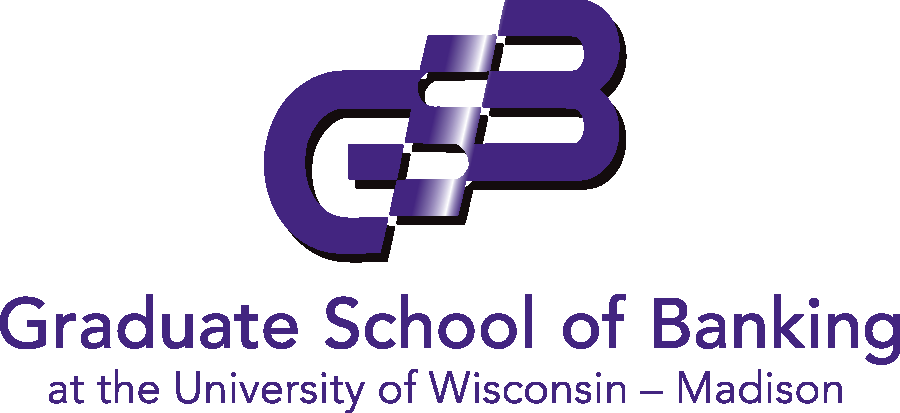Quick Links
Resources
4721 S Biltmore Lane
Madison, WI 53718
Home > GSB Online Seminar Series > Personal Tax Returns and Cash Flow – Focus on Global Cash Flow as an Underwriting Tool for Businesses and Owners-Sp25
Home > Schools & Programs > Personal Tax Returns and Cash Flow – Focus on Global Cash Flow as an Underwriting Tool for Businesses and Owners-Sp25
Purchasing for others?
$330.00
| Date | Pre-Recorded |
|---|---|
| Recording Available Until | 05/18/25 |
| Presenter | Richard Hamm |
| Company | Advantage Consulting & Training |
| Target Audience | Branch managers, commercial lenders, Consumer lenders, credit analysts, lending managers and credit officers, loan review specialists, mortgage bankers, private bankers, small business lenders, special assets officers |
| Program Time | 1:00 pm-2:30 pm CT |
| Duration | 90 minutes |
Global cash flow has become a key component of business and commercial underwriting where personal guarantees of the owners are involved, or direct borrowing is by an individual for a sole proprietorship, rental property or farm. This program reviews most common approaches used by bankers, plus some of the analytical and conceptualize issues encountered. For instance, when comparing global cash flow to the combination of business and personal debt, how does your bank’s approach treat business debt service where the individual is a minority owner of the business? What changes when the minority owner guarantees at a higher percentage than his or her ownership percentage? Why do you need to have personal taxes and living expenses in the model (or adjust the debt-service-coverage target higher if no personal taxes and living expenses are being included)? How do you define the business cash flow? At what point should global cash flow cease being a primary underwriting tool and shift to a secondary role (become more of a global analysis)?
Specific subjects that will be covered during the seminar:
4721 S Biltmore Lane
Madison, WI 53718
We use cookies to enhance your experience on our website. By clicking "Accept," you agree to the storing of cookies on your device to analyze site usage, enhance site navigation, and assist in our marketing efforts. If you do not wish to accept all cookies, you can manage your preferences by clicking "Deny." For more detailed information about the cookies we use, see our Cookies Policy.

| Thank you for Signing Up |
